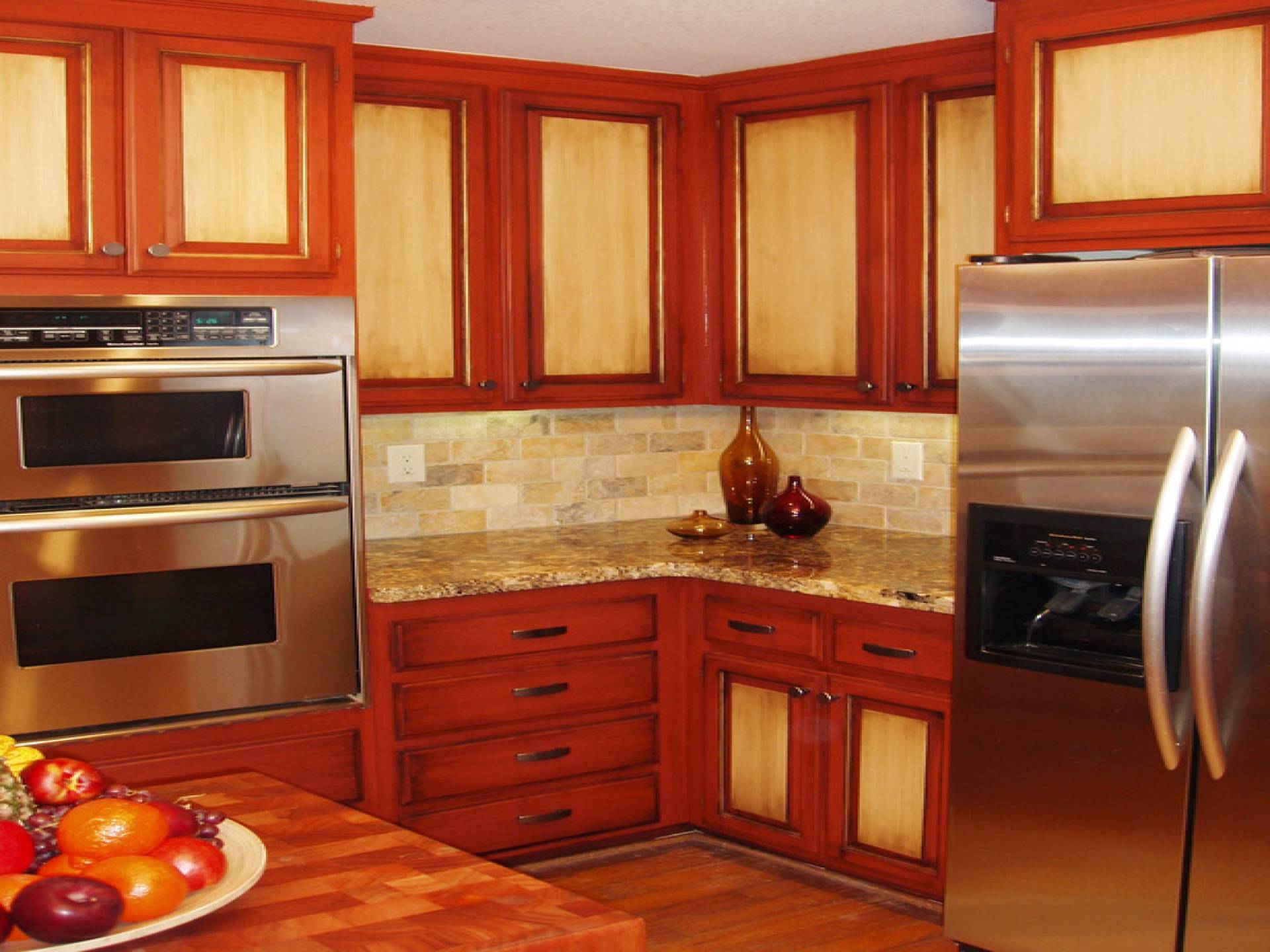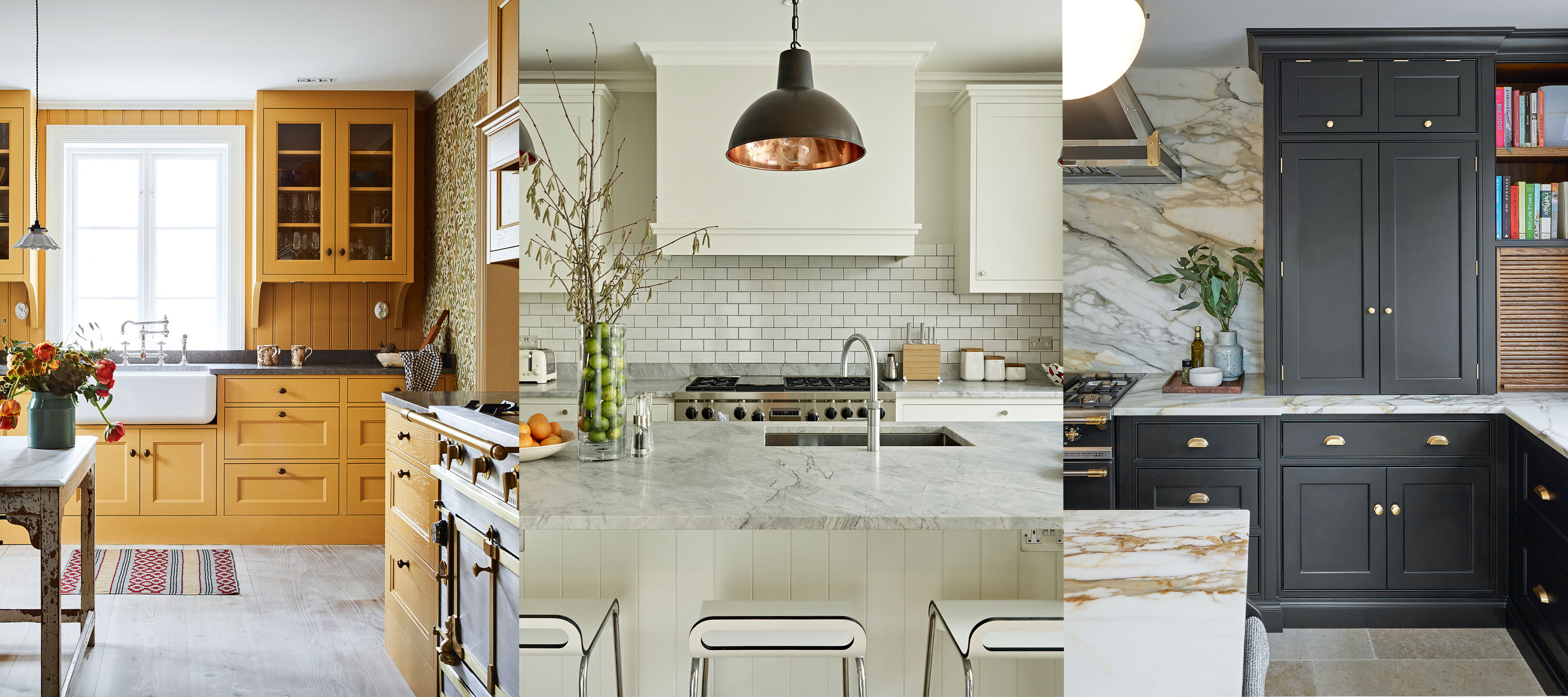Eggshell Paint: Eggshell Paint On Kitchen Cabinets

So, you’re thinking about painting your kitchen cabinets, eh? Smart move! A fresh coat of paint can totally transform the look of your space. And eggshell paint? It’s a popular choice, offering a happy medium between durability and a softer, less-shiny finish. Let’s dive into why it might (or might not!) be the perfect pick for your Pontianak kitchen.
Eggshell Paint Characteristics, Eggshell paint on kitchen cabinets
Eggshell paint gets its name from its subtle sheen – somewhere between a flat matte and a glossy sheen. It’s not as shiny as satin or semi-gloss, offering a more relaxed, less reflective look. This finish is known for its good balance of durability and washability, making it a decent option for areas that see moderate wear and tear, like kitchen cabinets. It’s tough enough to withstand daily use but not so tough that it’s a nightmare to clean.
Comparison of Paint Finishes
Choosing the right paint finish is crucial, especially for high-traffic areas like kitchens. Here’s a quick rundown comparing eggshell to other popular options:
| Finish | Durability | Washability | Sheen |
|---|---|---|---|
| Eggshell | Moderate | Good | Low-luster |
| Satin | High | Excellent | Slight sheen |
| Semi-Gloss | Very High | Very Good | Noticeable sheen |
Pros and Cons of Eggshell Paint on Kitchen Cabinets
Let’s be real, no paint finish is perfect. Eggshell paint for kitchen cabinets has its advantages and disadvantages.
The good news? Eggshell offers a nice balance of style and practicality. It’s easier to touch up than high-gloss paints, and the subtle sheen hides minor imperfections better than a satin or semi-gloss finish. However, it’s not as resistant to grease and grime as semi-gloss. Cleaning spills might require a bit more effort. Think of it as needing a little extra TLC compared to its tougher cousins.
Kitchen Cabinet Preparation for Eggshell Paint
Before you even think about grabbing a brush, proper preparation is key. This is where the real magic happens, folks! Thoroughly clean your cabinets to remove any grease, grime, or old finish. Sanding might be necessary to create a smooth surface for better paint adhesion. Don’t skip this step! A well-prepared surface is the foundation of a stunning, long-lasting paint job. Remember to fill any holes or cracks with wood filler before sanding. Proper prepping ensures your paint job looks professional and lasts for years. Think of it like laying a strong foundation for a house – without it, everything else crumbles.
Application Techniques and Best Practices for Eggshell Paint on Cabinets

Painting your kitchen cabinets with eggshell paint can totally transform the space, giving it a fresh, modern look. But getting that flawless finish requires a bit of know-how and the right approach. Think of it like this: you wouldn’t just slap on some lipstick without prepping your lips first, right? Same goes for your cabinets!
Surface Preparation
Proper preparation is key to a professional-looking paint job. Failing to adequately prep your cabinets will lead to a less-than-stellar finish, and nobody wants that. It’s all about creating a smooth, clean surface that the paint can adhere to properly. This prevents peeling, chipping, and uneven texture.
- Clean the cabinets thoroughly with a degreaser to remove any grease, grime, or sticky residue. Think of it as giving your cabinets a good spa day before their makeover.
- Lightly sand the cabinet surfaces with fine-grit sandpaper (around 220-grit) to create a slightly rough surface for better paint adhesion. This helps the paint grab onto the wood properly.
- Fill any holes or cracks with wood filler, letting it dry completely before sanding smooth. Think of it as patching up any imperfections before applying your makeup.
- Remove any loose paint or peeling areas using a scraper and sandpaper. This is crucial for a lasting finish.
- Wipe down the cabinets with a tack cloth to remove any dust or debris. This ensures a clean surface for painting.
Priming (If Necessary)
Priming isn’t always necessary, especially if you’re painting over a similar finish. However, if you’re changing colors drastically or painting over glossy surfaces, a primer is a must. It ensures good adhesion and prevents the old color from showing through.
- Choose a high-quality primer designed for cabinets and suitable for your type of wood. A good primer acts as a bonding agent between the old surface and the new paint.
- Apply the primer using a brush, roller, or sprayer, following the manufacturer’s instructions. Ensure even coverage.
- Allow the primer to dry completely before applying the eggshell paint. This usually takes several hours depending on the product and environmental conditions.
Application Methods
You have several options for applying the eggshell paint: brush, roller, or sprayer. Each has its pros and cons, so choose the method that best suits your skill level and the size of your project.
- Brush: Offers excellent control and detail, ideal for intricate areas and smaller projects. A high-quality angled brush is recommended.
- Roller: Provides a fast and efficient way to cover large surfaces. Use a high-quality roller with a nap suitable for smooth surfaces. Avoid using too much paint on the roller to prevent drips and runs.
- Sprayer: The fastest method for large projects, providing a very smooth finish. However, requires some practice and proper ventilation.
Ventilation and Drying Time
Proper ventilation is crucial when working with paint. Open windows and doors to allow fresh air to circulate, and consider using a respirator mask to avoid inhaling paint fumes. Always allow adequate drying time between coats as specified on the paint can, usually several hours. Rushing this process will result in a poor finish.
Sample Color Palette
Choosing the right color can drastically change the feel of your kitchen. Here are a few ideas to get you started:
- Creamy White: A classic choice that creates a bright, airy, and spacious feel. Think a warm, slightly off-white shade that evokes feelings of comfort and cleanliness.
- Soft Gray: A sophisticated and versatile neutral that pairs well with various countertops and backsplashes. Imagine a gentle, calming gray that adds a touch of elegance without being too stark.
- Warm Beige: A comforting and inviting hue that creates a cozy atmosphere. Think a soft, sandy beige with subtle undertones that add warmth and depth.
- Subtle Green: A calming and refreshing color that brings the outdoors in. Imagine a soft sage green or a muted olive green that adds a touch of nature to your space.
Achieving a Smooth, Even Finish
To avoid brush strokes and drips, use thin, even coats of paint. Don’t overload your brush or roller. Work in small sections, and use smooth, consistent strokes. Lightly sand between coats with very fine-grit sandpaper to create a seamless surface before applying the next coat. Remember, patience is key!
Maintenance and Longevity of Eggshell Paint on Kitchen Cabinets

Choosing eggshell paint for your kitchen cabinets offers a lovely balance between durability and a soft sheen. But to keep those cabinets looking their best for years to come, a little TLC is key. Proper maintenance ensures your paint job remains a stylish focal point, not a source of frustration.
Cleaning and Maintenance Techniques
Regular cleaning is the cornerstone of maintaining eggshell paint on kitchen cabinets. Avoid harsh abrasives and strong chemicals which can dull the finish and even damage the paint. For everyday cleaning, a soft, damp cloth is usually sufficient. For tougher grime, a gentle dish soap solution – a teaspoon of mild dish soap in a quart of warm water – works wonders. Always test any cleaning solution on an inconspicuous area first to ensure it doesn’t damage the paint. After cleaning, wipe the cabinets dry with a clean, soft cloth to prevent water spots. Pay close attention to areas prone to grease buildup, such as around the stove and sink.
Expected Lifespan of Eggshell Paint
With proper care, eggshell paint on kitchen cabinets can last for several years, often five to ten, depending on the quality of the paint, the preparation of the cabinets before painting, and the frequency of use and cleaning. Consider this: a family who cooks extensively might see some wear and tear sooner than a household that orders takeout more frequently. The key is consistent maintenance. Regular cleaning and prompt attention to any minor chips or scratches will significantly extend the lifespan of your paint job.
Common Issues and Solutions
While eggshell paint is relatively durable, some issues might arise. Chipping is a common problem, often occurring around handles and edges where cabinets experience the most impact. Preventing chipping begins with proper preparation – sanding and priming the cabinets thoroughly before painting. Regularly inspect handles and hinges, tightening any loose screws to minimize movement that can cause chipping. Small chips can often be repaired with touch-up paint. Peeling, on the other hand, usually indicates a problem with the surface preparation before painting or the use of unsuitable paint for the application. Proper surface preparation is crucial; ensuring the cabinets are clean, dry, and free of any grease or old paint before applying a new coat is paramount. If peeling occurs, the affected area may need to be sanded, primed, and repainted. Dampness can also cause issues; ensure your kitchen is well-ventilated to prevent moisture buildup that could lead to peeling or mold growth.
